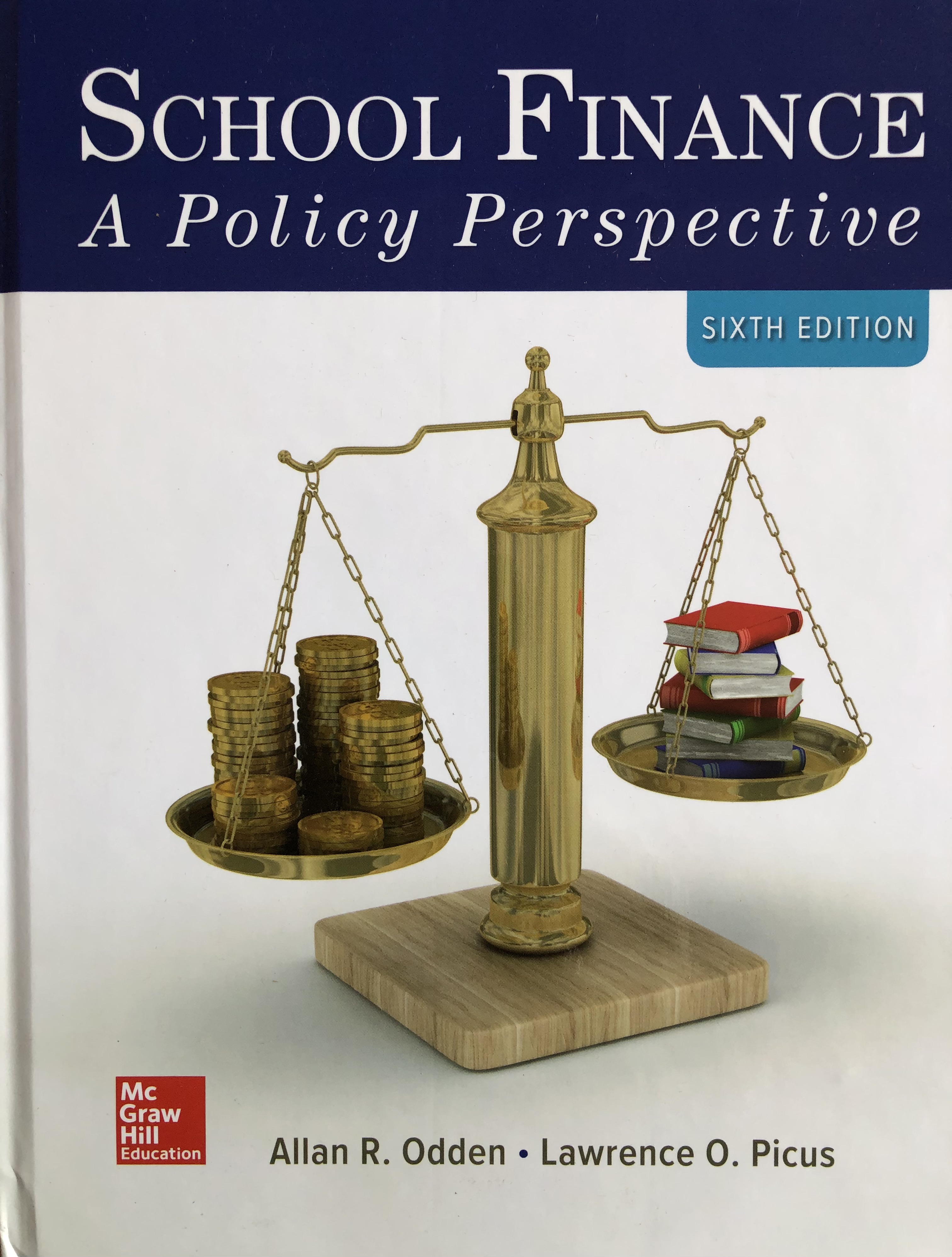Chapter 6 of our April 2013 Maine Study shows how we used our Evidence-Based Model (EB) to assess the adequacy of a Maine’s education funding system. Our 2010 “Desk Audit” of the Wyoming school funding model, which was initially based on our Evidence -Based model, provides another example of how we use this model to assess and recalibrate a state’s funding system.
Monthly Archives: August 2013
School Finance Equity Assessments: Vermont & Maine
See Chapter 5 of our 2012 Vermont study and Chapter 4 of our April 2013 Maine study for examples of how we have assessed school finance equity over several years for two state legislative committees. See Chapter 6 of that same 2013 April Maine study for an example of how we have used our Evidence-Based Model (EB), discussed more in Chapters 4 and 5 of our text, to assess the adequacy of a state’s education funding system.
Maine and Vermont resolve the “new” school finance problem
Today, the “new” school finance problem has been resolved in places like Vermont and Maine, where the differences in spending across districts with high and low property tax bases as well as high and low household income is not that far from average spending.
Posted in General School Finance Issues
Translating funding into effective instructional strategies
An overarching theme in this fifth edition of our text is that the key issue today is to “reinvent” school finance in a way that translates education dollars into instructional strategies that boost student learning. Our 2011 article in the Peabody Journal of Education made this argument.
And in mid-2013, Preston Lane Magouirk, Associate Editor for the Journal, which is published by Peabody College of Vanderbilt University, wrote to“commend us for our work”, Specifically, he noted,
“Your article titled “Reinventing School Finance: Falling Forward” has garnered significant attention and a notable readership. Karen Benskin, the Managing Editor of Routledge US Education Journals, in partnership with the Taylor and Francis Group, has informed the Journal staff that your article is among the 10 most widely downloaded Peabody Journal articles from the Taylor and Francis website from the years 2011 and 2012. This is a significant achievement as well as a testament to the quality scholarship and research product you put forth for the Journal.”
This article is available for free downloading and reading access on the Taylor and Francis website.
Posted in General School Finance Issues

